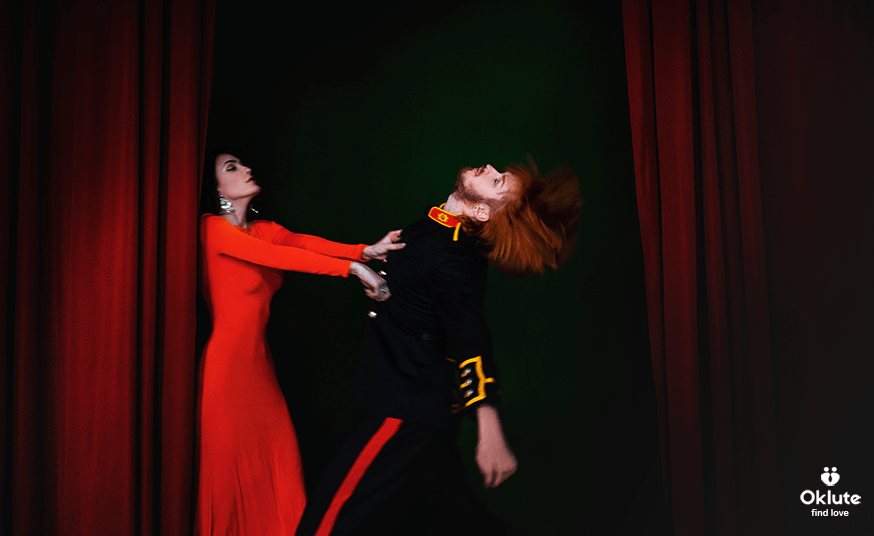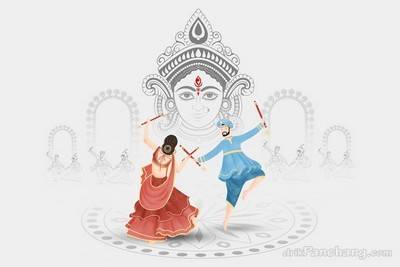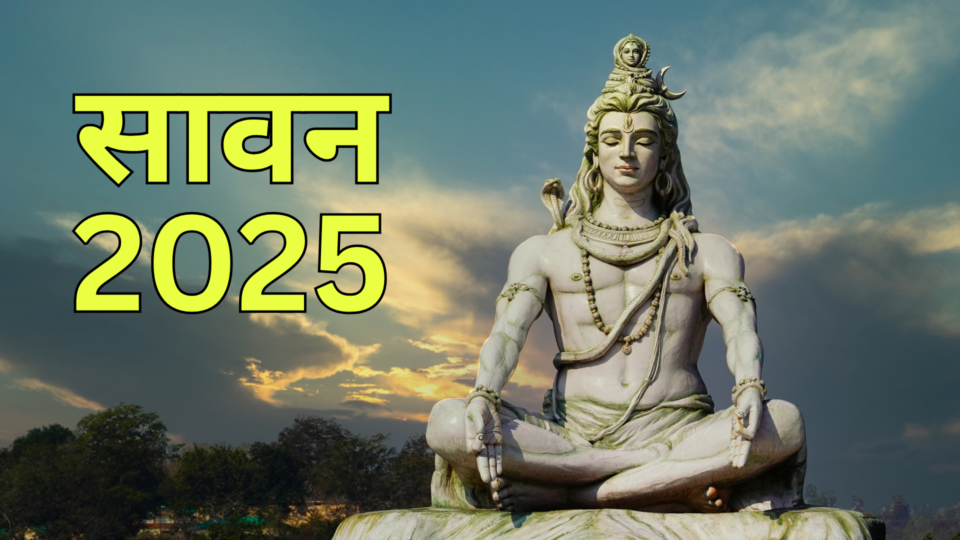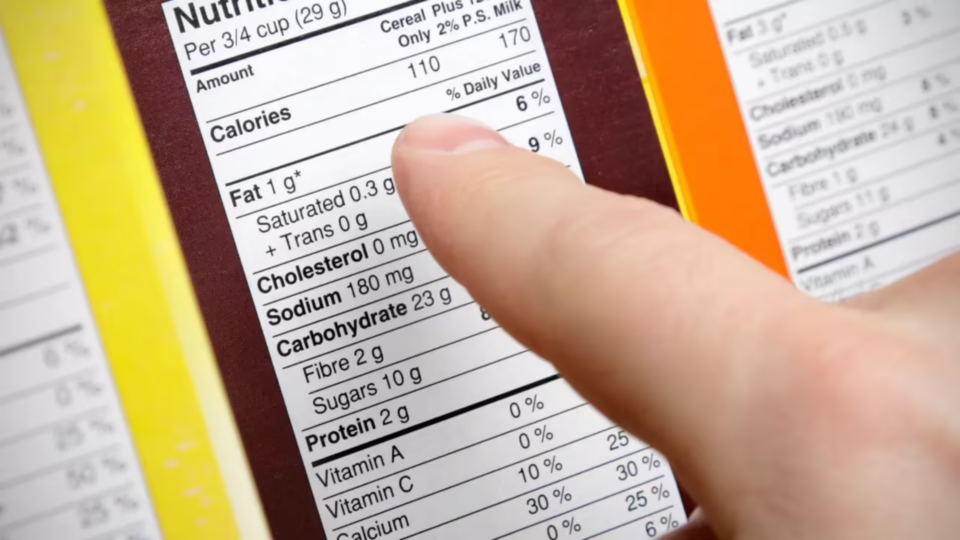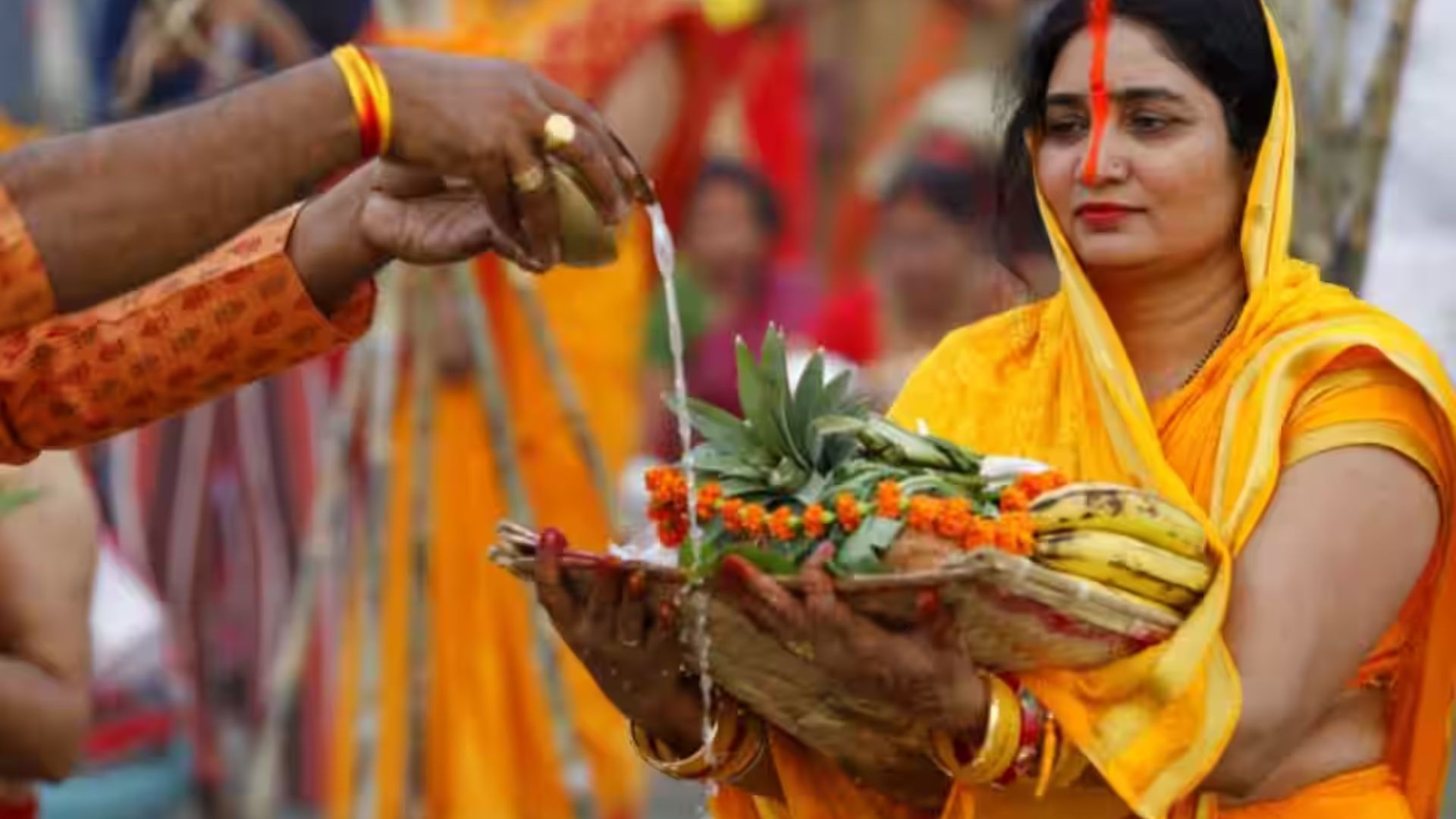
When is Chhath Puja 2024? Its Significance, Rituals, & Facts
The almighty solar deity of all the gods, Sun God is the centre of attraction during this festival of Chhath Puja. Its origin is uncertain hence there are multiple stories related to this amazing festival. In addition to that, multiple scientific logics are backing up this festival and making it a festival with logical motivations behind it.
We will read about each and every part related to this festival in this article to witness the importance of this festival in Vedas and science alike.
Significance of Chhathi Maiya Pooja
The significance of Chhath Puja is unmatchable as it has been mentioned in both the epics from Hindu Mythology: Ramayana and Mahabharata. The festival is celebrated to thank the solar deity Sun God and Chhatti Maiya who is believed to be the sixth avatar of Parvati Mata.
The Sun God is worshipped as he is believed to be the eternal source of energy that blesses every aspect of this universe. Everybody surviving on this earth and universe alike is at the mercy of the sun. This festival is celebrated to pay tribute to the god for being generous enough to bless us with everything.
Chhatti Maiya, the sixth avatar of Parvati Mata is also worshipped during this festival and is believed to bless the people with protection of the child and the peace and happiness of the entire family.
When Is Chhath Puja In 2024?
Chaiti Chhath Puja 2024 Date In Bihar is 7 November 2024.
As the name suggests, Chhath Puja is celebrated six days after Diwali. It is also the sixth day of the lunar month of Kartika in Vikram Samvat, which is the Hindu Calendar.
Why is Chhath Puja Is Celebrated: Chhath Puja Story
Chhath Puja is celebrated to pay tribute to the Sun God for providing us with life and pray for the protection and well-being of the kids. Childless people also do the rituals in order to take blessings from Chhatti Maiya and become parents.
The origin of this festival is so old that it can not be traced back into history. Although the origin is uncertain, it has been mentioned in Ramayana and Mahabharata. Here are the two stories that float in the Hindu Mythology.
Ramayana: According to Ramayana, Ram and Sita worshipped the Sun God as Rama is supposed to be related to the Sun and Chhatti Maiya upon returning to Ayodhya. They wanted to thank god for bringing them back safely. After celebrating this festival, Sita Mata was blessed with Luv and Kush. The stories float that the festival advanced after this incident.
Mahabharata: According to Mahabharata, Kunti performed Chhath Puja after they escaped from Lakshagriha. The legends also believe that Karna, who is the son of Surya and Kunti, was born after Kunti performed Chhath Puja. In addition to this, Draupadi is also believed to perform Chhath Puja which helped Pandavas win the Kurukshetra War.
If both these stories are to be believed, then it is clear that Mata Sita must have set this custom of Chhath Puja where people worship the Surya God and Chhatti Maiya.
Rituals of Chhath Puja
Chhath Puja is a four-day festival that involves a lot of fasting and rituals that hold utmost importance in the whole process. I will explain each of these rituals in a day-wise pattern so that you get an idea of what needs to be done.
However, asking someone who has actually studied about it, like a Pandit or Pujari in a temple would be the best thing to do as they know better.
People who perform all these rituals are called Parvaitin.
Nahaay Khaay (Day 1)
Translated as ‘taking a bath and eating food’, the first day involves Parvaitins going to a water body and taking a holy bath. After that, the entire house and the path to the ghat is cleaned and purified. Then Parvaitins prepare Sattvik Lauka Bhaat (Bottle Gourd and Bengal Gram Lentil preparation with Arva Rice Bhaat) as bhog for the day which is also the last meal of the Parvaitins during the puja.
Rasiaav-Roti/Kharna/Lohanda (Day 2)
The second day of the puja restricts the Parvaitins from putting any kind of food in their mouth including even a single drop of water. Later on the same day, Parvaitins have gur ki kheer (Jaggery Pudding) with roti (Regular Indian Bread) known as Rasiaav-Roti.
Sanjhka Aragh (Day 3)
Parvaitins prepare a bamboo basket that contains homemade prasad, thekua, rice ladoo and fruits which is to be offered to Chhatti Maiya. Then, at the time of sunset, Arghya is performed which includes offering of Gangajal to the setting sun followed by worshipping Chhatti Maiya with prasad prepared at home.
Later in the night, Chhath songs and Vrat Katha are ready to engage the Parvaitins.
At around 3 to 4 A.M., 5 to 7 sugarcanes are tied together to form a mandap for Kosi bharai and multiple diyas are lit under it.
After that, thekua and other prasad from the basket is offered under this mandap and then the Parvaitins look forward to the sunrise the next morning.
Bhorka Aragh (Day 4)
On the fourth day of the puja, the Parvaitins offer the leftover Arghya to the rising sun while asking for Chhatti Maiyas blessing for the protection and healthy life of their kids. Later, the Parvaitins drink water and eat prasad to break their fast and complete their puja.
Conclusion
These were all the details related to Chhath Puja which is celebrated by many people across India. If you are someone who wants to start celebrating this puja in your family, then you need to know that once you start doing it, you can not stop it. You will have to do it every year.
However, if anybody faces a death in their family and wants to skip the year, then they can. But in case you skipped a year for no reason, then you should not resume it.
Also, it is important to pass this legacy to the next generation so that your house can always see this festival celebrated in full glory. So, make sure you think it through before initiating this Chhath Puja in your house.
Also Read:
Here’s Why People Across India Celebrate Chhath Puja, Its History & Significance
